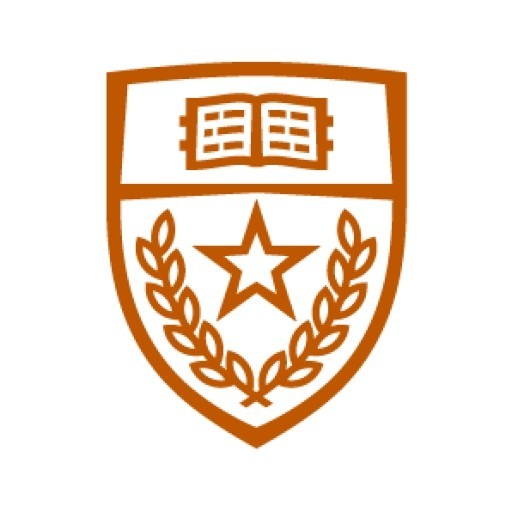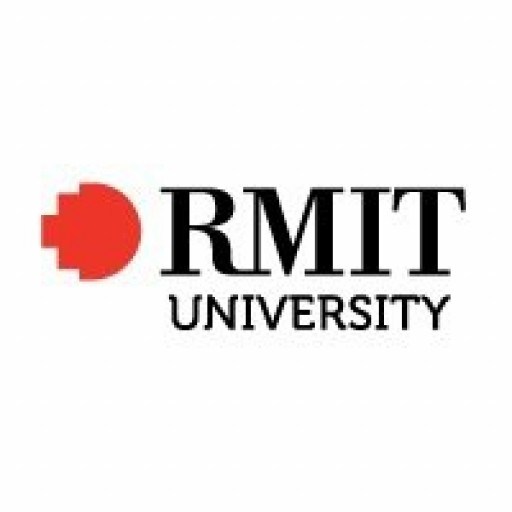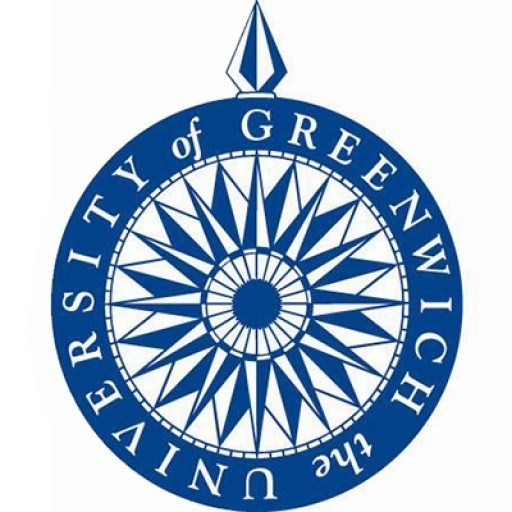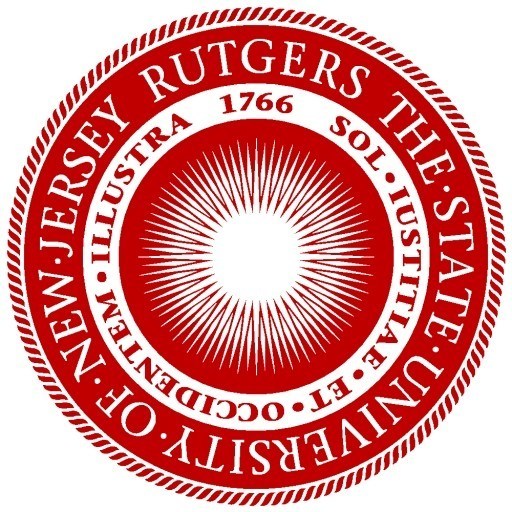Photos of university / #utaustintx
Landscape Architecture at the University of Texas at Austin offers a comprehensive and innovative education designed to prepare students for leadership in creating sustainable, functional, and aesthetically compelling outdoor environments. The program emphasizes a combination of design, ecology, technology, and cultural understanding to equip graduates with the skills necessary to address complex environmental and societal challenges. Students engage in a rigorous curriculum that integrates studio work, theoretical coursework, and practical experiences, fostering creativity and technical expertise. The curriculum covers fundamental aspects such as site analysis, landscape design, planting design, environmental planning, and urban design, alongside emerging topics like sustainable practices, green infrastructure, and digital visualization tools. Opportunities for interdisciplinary collaboration are abundant, encouraging students to work across fields such as architecture, urban planning, and environmental science. The program benefits from state-of-the-art facilities, including dedicated design studios, computer labs equipped with advanced design software, and access to extensive plant and material collections. Faculty members are distinguished professionals and researchers committed to mentorship and innovative research, ensuring students stay at the forefront of landscape architecture trends and practices. Graduates of the program are prepared to pursue careers in public and private sectors, including urban design firms, environmental consultancy, government agencies, and non-profit organizations. The university's strong network of alumni and industry partners provides valuable connections and opportunities for internships, research projects, and employment. Overall, the Landscape Architecture program at UT Austin aims to cultivate visionary practitioners who understand the importance of sustainable design and are equipped to make meaningful contributions to the built and natural environment.
The Master of Landscape Architecture professional degree requires the satisfactory completion of 87 credits or more in the following program of work.
| Foundation Design | ||
| LAR 380C | Foundation Design Studio | 3 |
| Core Design Studios | ||
| LAR 383 | Landscape Architecture Design Studio I | 3 |
| LAR 682T | Landscape Architecture Design Studio II | 6 |
| LAR 694T | Landscape Architecture Design Studio III | 6 |
| LAR 695 | Landscape Architecture Design Studio IV | 6 |
| Advanced Design Studios | ||
| LAR 696 | Advanced Design Studio I | 6 |
| LAR 696 | Advanced Design Studio II | 6 |
| or LAR 697K* | Master's Design Study in Landscape Architecture | |
| *must complete LAR 397 MDS Preparation | ||
| Core Lecture Courses + Workshops | ||
| LAR 381 | Visual Communication I | 3 |
| LAR 384 | Native Plants | 3 |
| LAR 385K | Technology Workshop I | 3 |
| LAR 385L | Technology Workshop II | 3 |
| LAR 385M | Design Methods | 3 |
| LAR 388K | History + Theory of Landscape Architecture I | 3 |
| LAR 388L | History + Theory of Landscape Architecture II | 3 |
| Professional Practice | ||
| LAR 386 | Professional Practice | 3 |
| Distributional Electives | ||
| Natural Systems Elective | 3 | |
| Natural Systems Elective | 3 | |
| History or Theory Elective | 3 | |
| History or Theory Elective | 3 | |
| Media Elective | 3 | |
| Media Elective | 3 | |
| Natural Systems, History or Theory, OR Media Elective | 3 | |
| Free Electives | ||
| Free Elective | 3 | |
| Free Elective or MDS Preparation | 3 | |
| TOTAL | 87 | |
First professional degree candidates must demonstrate a certain proficiency in design and communication skills through a portfolio review conducted by the faculty before entering the advanced design studio sequence. Candidates who qualify are generally granted advanced standing of up to one or two terms and are subject to review by the admissions committee. The program of work is prescribed on the basis of the student's previous college work as shown in transcripts, portfolio, statement of intent, and references. Qualified students may be able to waive degree requirements by demonstrating equivalent study in any of the required course areas.
Requirements
- The Landscape Architecture program requires successful completion (grade of B or better) of an undergraduate or graduate introductory course in ecology or biology course with a field research component within the past five years.
- Students accepted to the MLA I are expected to attend the Summer Atelier in Landscape Architecture unless the requirement is waived upon admission.
- Upload your statement through MyStatus.A 1,000-1,500 word essay that addresses your interest in the MLA I program with respect to your academic and professional objectives, the factors that led you to apply to the UTSOA, a situation or job that helped you define your interest, your most substantial professional contribution and why you view it as such, and/or any other factors related to your academic or professional experience that you wish to convey to the admissions committee.
- Three letters of recommendation
- Résumé or curriculum vitae
Portfolio
[ ] Upload portfolio as a single pdf through the portfolio credential on MyStatus.
The portfolio helps the reviewers determine your potential to perform successfully in a studio based design curriculum.
In order to review each application fairly and accurately, the reviewing committee requires evidence in one or more categories:
-
The level of creative skill you possess in any medium.
-
The extent of your interest in the proposed degree program, made evident through your abilities in composition, physical form-making, or perception of the environment.
-
Your ability to translate ideas into physical form, even if in simple terms such as drawing.
FORMAT
Portfolios should be designed and formatted for on-screen viewing. Maximum file size is 25 MB.
ATTRIBUTION
For each project, list the applicant’s name, the project’s date, and an indication as to whether the project was academic, office-related, or personal. In the case of collaborative or professional work, the contribution by the applicant must be precisely described.
ORGANIZATION
The organization of the portfolio is a design exercise. It should be clear, succinct, and thoughtfully composed to best reflect your interests and skills. The quality of the work is of greater importance than quantity.
CONTENT
Provide work that demonstrates the ability to take an idea and adeptly convey it visually. Include a wide range of drawings, such as landscapes, human figures, and perspectives. Hand drawings, particularly gestural drawings, are strongly encouraged.
Photographic or photo static reproductions must show work in the visual arts or design that has been executed by the applicant. The work should include examples of freehand drawings, and three-dimensional work executed by the applicant. The committee place emphasis on drawing skills. Those applying for advanced placement or for a second professional degree are expected to submit examples of work demonstrating their ability to pursue study at an advanced level
Applicants without backgrounds in landscape architecture are not expected to show landscape architectural skills but rather creative, artistic or perceptive skills through drawing, painting, or three-dimensional explorations (models). A portfolio helps the reviewers associate your desire to enter graduate landscape architecture school with your potential to perform successfully in a studio based design curriculum. Photographs of landscapes (including travel photographs) as examples of creative work are not acceptable except from studio arts applicants with a major in photography.
Applicants with backgrounds in landscape architecture, architecture, or environmental design are expected to present a high quality portfolio showing well-developed graphic skills and a well-developed sense of design, space, form and volume. Photographs of models help and should be used when possible. Show at least three steps of design development in a specific project and your progression/thought process. The committee assumes your portfolio and its format represent your best abilities in design.
Supplemental survey
After the application deadline, applicants will receive an email with a link to complete a supplemental survey to assist with the admissions review.
Scholarships
New Student Scholarships
All applicants to the School of Architecture (SOA) are automatically considered for SOA recruitment scholarships, fellowships and out-of-state tuition waivers as part of the admissions process. There is no separate application for recruitment scholarships and fellowships. It is not necessary to contact the SOA to request consideration or check your status. Selected recipients are notified with recruitment offer details. Recruitment funds are limited, as some scholarship funds are reserved for continuing students.
The University of Texas at Austin offers a comprehensive program in Landscape Architecture designed to prepare students for professional practice in the field of landscape architecture and environmental planning. The program emphasizes the integration of ecological, social, and aesthetic considerations to create sustainable, functional, and visually appealing outdoor spaces. It combines rigorous theoretical coursework with practical design studios, fieldwork, and internships to ensure graduates develop both critical thinking and hands-on skills. Students explore topics such as landscape design, site planning, urban design, environmental sustainability, plants and ecology, and cultural landscape studies. The curriculum also highlights the importance of understanding regional climate and natural resources, promoting innovative solutions for water management, habitat preservation, and climate resilience.
The faculty consists of experienced landscape architects, environmental planners, and urban designers dedicated to mentoring students and advancing research in sustainable landscape practices. Facilities include state-of-the-art design studios, laboratories, and access to extensive botanical gardens and outdoor research sites. The program encourages participation in national and international competitions, community projects, and professional conferences to foster a global perspective.
Graduates of the program are well-equipped to pursue careers in landscape architecture firms, urban planning agencies, governmental departments, environmental organizations, and private consulting. They are prepared to contribute to designing public parks, green infrastructure, urban renewal projects, and ecological restoration initiatives. The program also offers a Master of Landscape Architecture (MLA) degree, which is accredited by the Landscape Architectural Accreditation Board (LAAB). This accreditation affirms the pedagogical quality and professional relevance of the program, enabling graduates to become licensed landscape architects.
In addition, the program stresses the importance of interdisciplinary collaboration, engaging with architecture, planning, ecology, and engineering departments to address complex environmental and urban challenges. Students are encouraged to incorporate innovative technologies, such as GIS, CAD, BIM, and sustainable design tools, into their projects. The Texas Longhorn landscape architecture program fosters a dynamic learning environment that nurtures creativity, leadership, and a commitment to sustainable design practices, aligning with the university's mission to serve Texas, the nation, and the world through education, research, and service.








